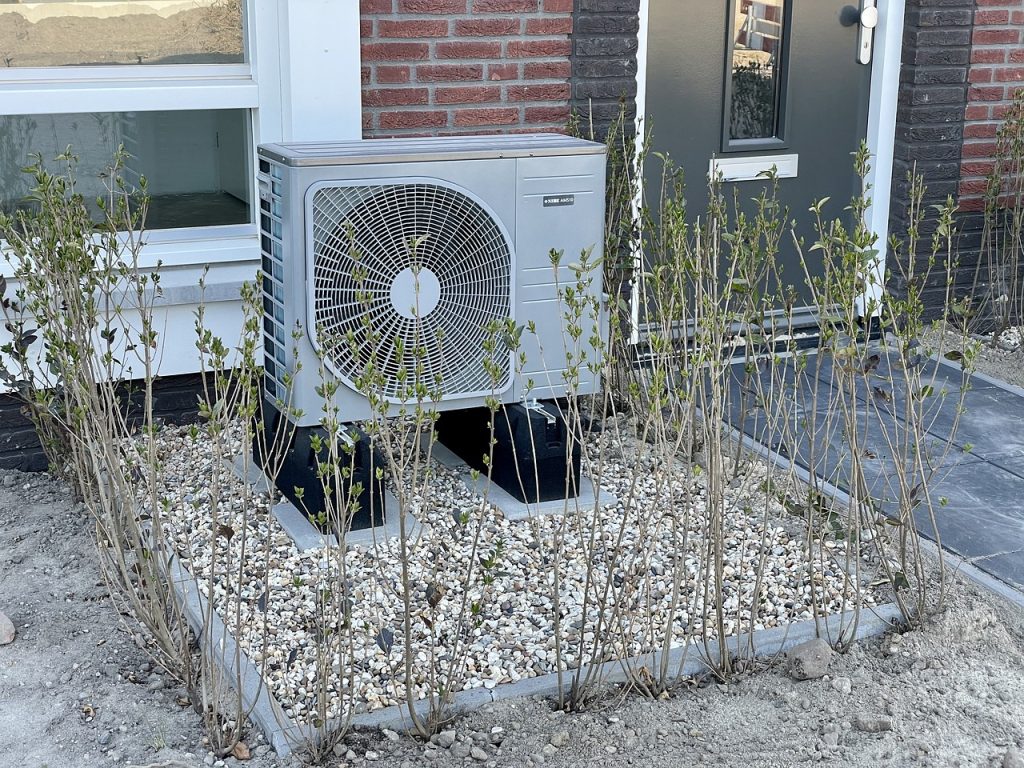Air Source Heat Pumps
How does an Air Source heat pump work?
An air source heat pump is usually placed outdoors at the side or back of a property. It takes heat from the air and boosts it to a higher temperature using a heat pump which then generates heating and hot water for your home or business premises.
The pump needs electricity to run, but it uses about a third less electrical energy than the heat it produces. Take a look at our graphic below for a visual representation of how an air source heat pump functions.
COP (co-efficient of performance) is a measure of efficiency and is used to describe the relationship between the power (kW) that is drawn out of the heat pump as cooling or heat, and the power (kW) that is supplied to the compressor. Efficiency is the ratio of useful heat energy produced to electrical energy consumption. A COP of 2.5 means that the heat pump supplies 2.5 times as much heat energy to the system as it consumes in electrical energy.

The above diagram shows a COP of 3 but most modern systems are usually more efficient than this and range from 3.5 to 4.5 COP. Generally, the higher the cost of the system, the higher the COP, meaning increased efficiency and therefore lower running costs.
